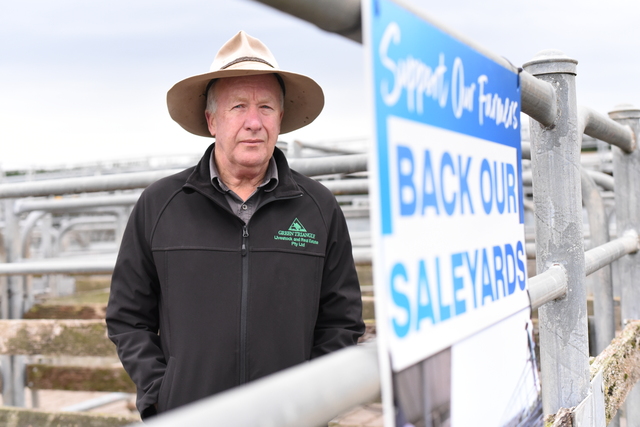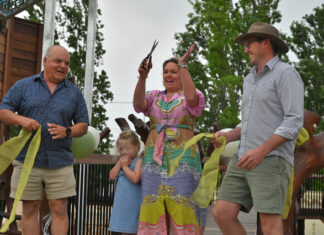Saleyard stock increase

Digital Edition
Subscribe
Get an all ACCESS PASS to the News and your Digital Edition with an online subscription
Dual Keith event gets top honours
THE Keith War Memorial Community Centre (KWMCC) 80th Birthday Celebrations and Opening of Don Moseley Playground Upgrade has been named the Tatiara Community Event...







